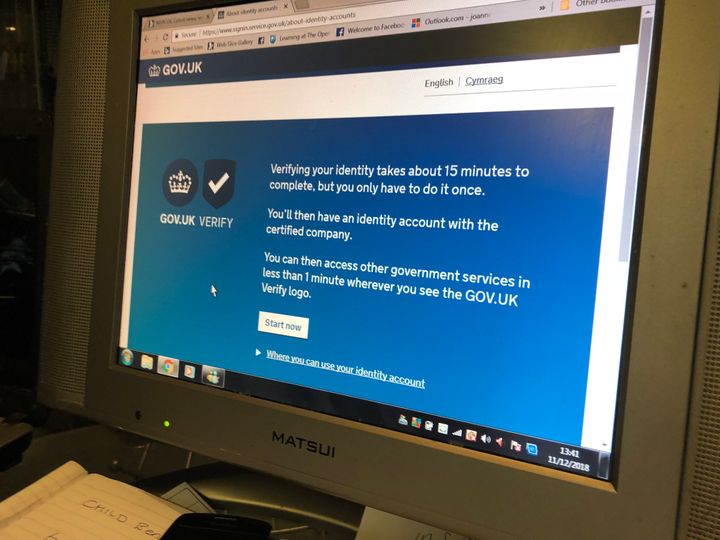The government’s flagship identity verification scheme has come under fire for “consistently” falling below standards.
The system, called Verify, was developed by the Government Digital Service (GDS), and was designed to be the default method for people to prove their identities online, so they can file tax returns and register for benefit payments.
The damning National Audit Office investigation found the platform had fallen well short of its target of 25 million users by 2020, managing only 3.6 million so far.
But some users, such as Universal Credit claimants, have experienced problems and as a result, departments have needed to undertake more manual processing than they anticipated, increasing their costs.
Currently only 48% of people who try to sign up for the service are successful on their first try.

This rate is even lower (38%) for Universal Credit claimants even though the government’s controversial benefit scheme remains Verify’s biggest government customer. Around 30% of claimants do not even attempt to sign up through Verify.
As a result, the department for work and pensions is working with government’s digital service on an improvement plan to increase the number of claimants successfully verified.
The investigation found Verify will cost the Department for Work and Pensions (DWP) around £40million over the next 10 years.
The government now has revised down its estimated financial benefits for the system by more than £650m, for the period 2016-17 to 2019-20, from £873m to £217m.
Labour MP Meg Hillier, who is chair of the committee of public accounts said: “The government’s flagship identity verification platform is a textbook case of government’s over-optimism and programme management failure.
“Despite spending at least £154m on Verify, only half the people that try to sign up are able to use it and take-up is much lower than expected.
“More worrying, it is not yet clear what it will cost for government departments to continue using Verify when government funding stops next year.”

It originally intended for Verify to be largely self-funding by the end of March 2018. The government will now stop funding Verify next year and will move it to the private sector.
A GDS spokesman said: “Verify is saving taxpayers money and is a world-leading project in its field.
“The NAO report reflects that it has been a challenging project - but challenges like these are to be expected when the Government is working at the forefront of new technology.
“We now believe that Verify is at a point where it can be taken forward by the private sector to provide a single source for people to confirm their identities online”.

